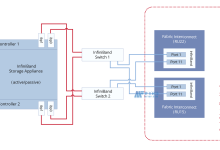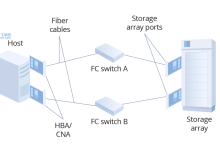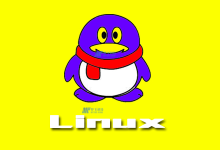linux is a powerful open-source operating system with a long history of reliability and flexibility. It is one of the most popular operating systems in the world and has been used in everything from servers to embedded devices. With the introduction of the Common Unix Printing System (CUPS), Linux users have access to an easy and convenient printing system that takes completely takes advantage of the underlying operating system.
CUPS is an open-source printing system that runs on Linux and other Unix-based operating systems. It is the de facto standard for printing on Linux and provides a simple interface to manage everything from local printers to printer servers. CUPS also supports advanced features such as printer drivers for specialized applications like PostScript and label/barcode printing.
Using CUPS with Linux is easy. CUPS comes preinstalled with most Linux distributions and is ready to use out of the box. If it is not already installed, it can be installed from the Linux repository manager. Once installed, CUPS is easily managed from the command line. System administrators can add and delete printers, query the print queue, and find information about the current printing configurations with a few easy commands.
For example, the system administrator can scan for installed printers with “lpinfo -v”. This command shows all of the printers CUPS can detect. To add a new printer, the administrator can use “lpadmin -p -v -P -E”. This command will add a new printer with the specified printer name, location, and driver.
CUPS can also be managed with a web-based graphical user interface (GUI). This allows users to manage printers, create classes and profiles, and manage print queues. Users can also easily access printer options and troubleshoot printer-related issues.
Overall, CUPS is a robust and powerful printing system for Linux. It is relatively easy to set up and manage and provides a comprehensive suite of tools for managing printers. With its flexibility and reliability, CUPS is the best choice for those who want to take advantage of the power of Linux for their printing needs.

 国外主机测评 - 国外VPS,国外服务器,国外云服务器,测评及优惠码
国外主机测评 - 国外VPS,国外服务器,国外云服务器,测评及优惠码












